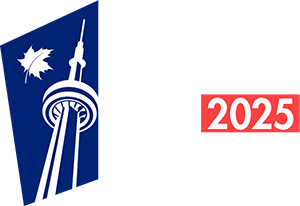Residential structural features
Overview of residential structural features
While there are five key factors that influence about 85% of your assessed property value, there are a number of additional site and structural features that also impact your property value, but to a lesser extent.
Structural features, which are detailed below, describe key details about your home, such as the number of bathrooms, or whether you have central air or a finished basement.
Site features describe specific details about the property, such as whether there is a railway or a sports field nearby, or what the area's traffic patterns are.
Structural features
- air conditioning
- basement area size and use
- bathrooms; number present
- bedrooms; number present
- condition; physical condition of house in relation to its age
- design type
- fireplaces
- full storeys
- heating type
- fuel source
- water heater
- partial storeys
- porches and decks
- renovations; exterior or interior
- split-level; back, side, unconventional
- UFFI; present or has been removed
Property codes
There are different categories of residential properties, represented by structure codes. View all of the codes on our Property codes page.
Classification of properties
In addition to assessing properties, we classify every property in Ontario under seven major property classes:
- residential
- multi-residential
- commercial
- industrial
- pipeline
- farm
- managed forests
Your property may belong to more than one class. For example, if it has an apartment on the second floor and a retail store on the main floor, we would classify it as "residential" for the apartment and "commercial" for the store.
Learn more about finding your property type.
Learn how we assess residential properties.
Learn about the primary and secondary property codes that we use on your Notice of Assessment.
Learn about the residential site features that we consider.
Visit AboutMyProperty to learn more about how your property was assessed and compare it to others in your neighbourhood.




